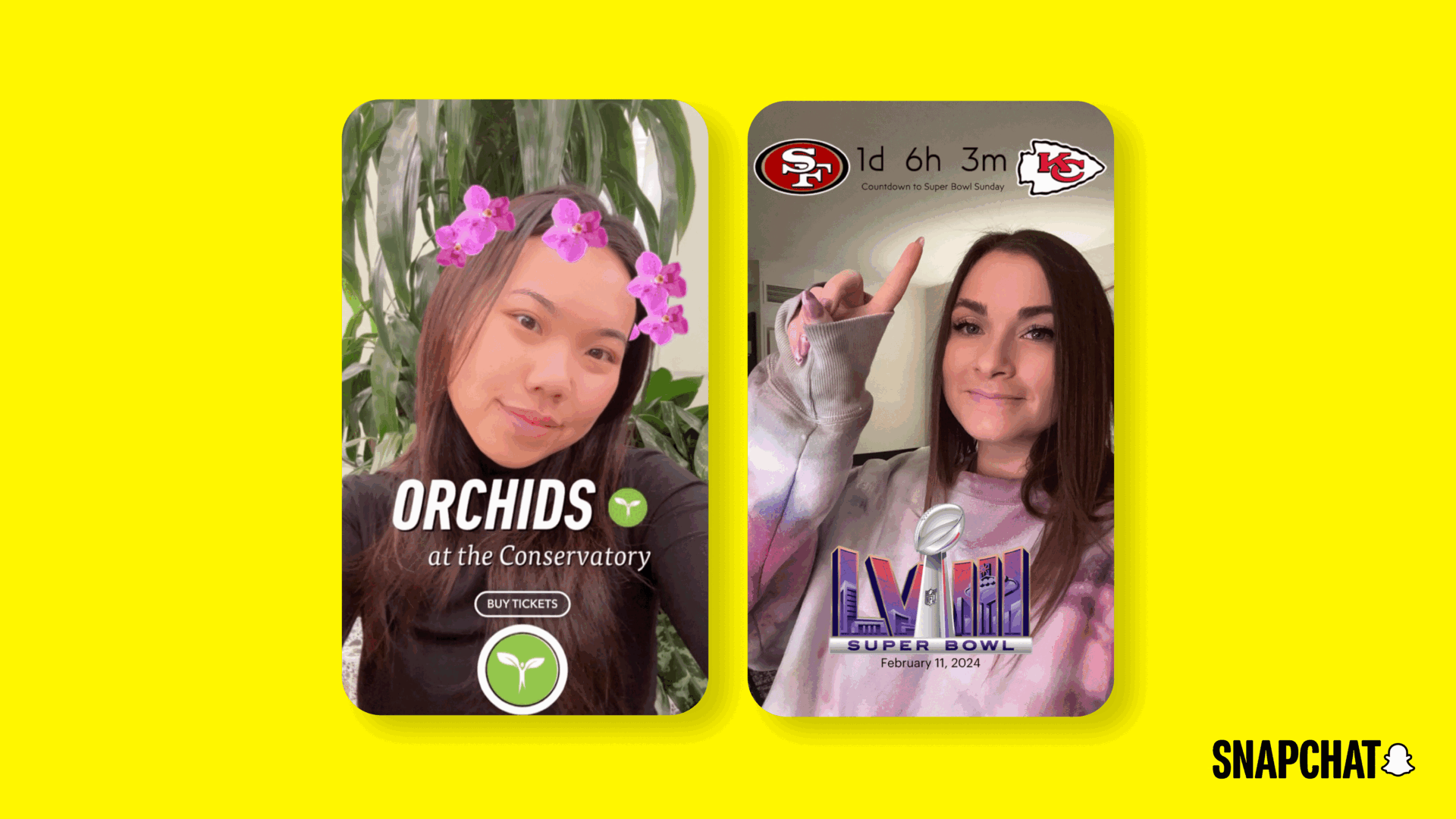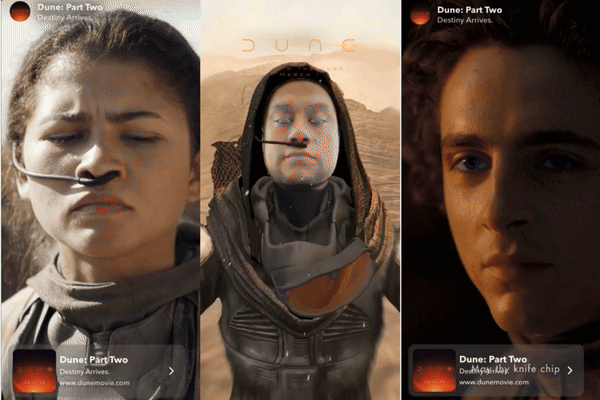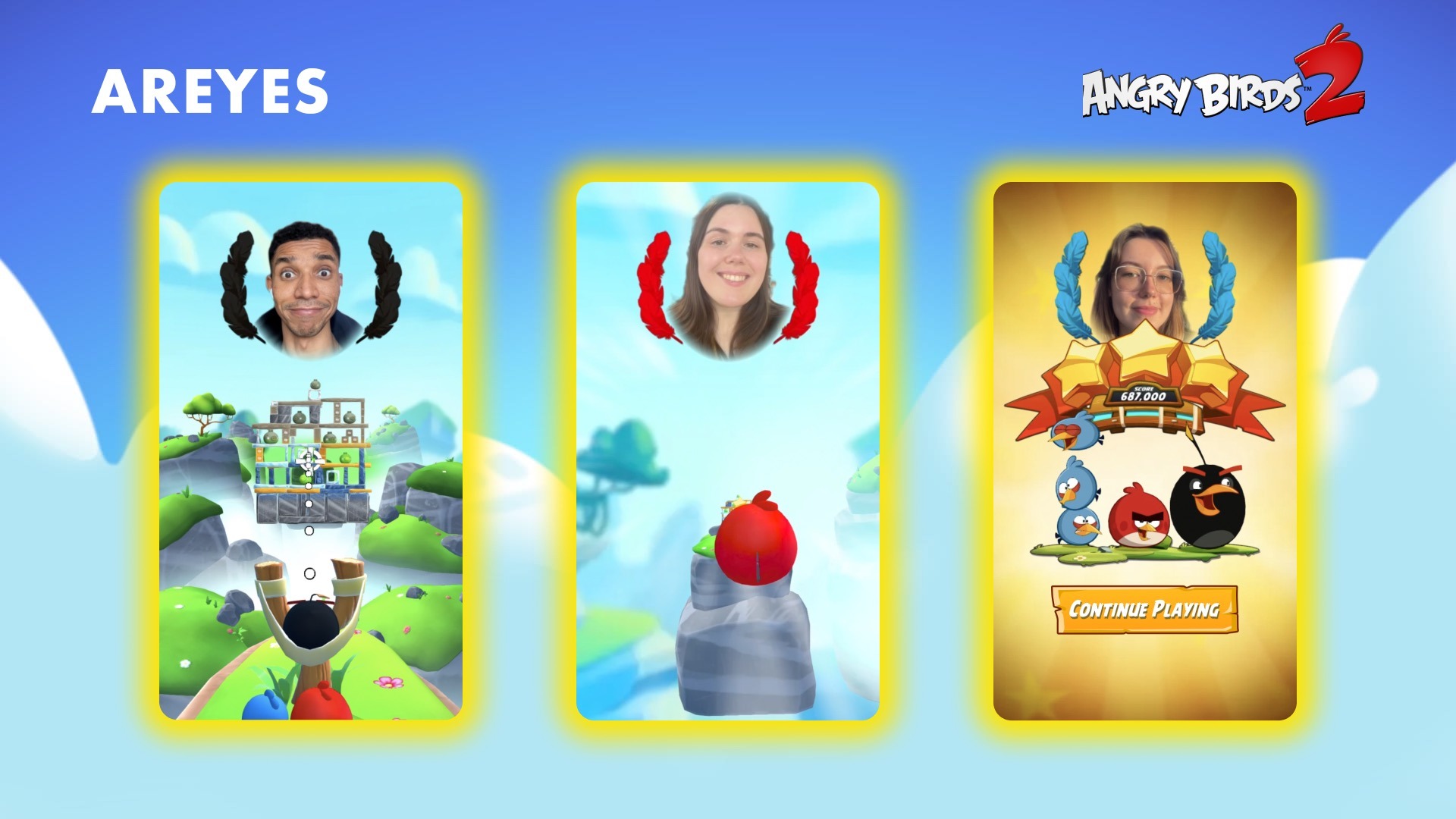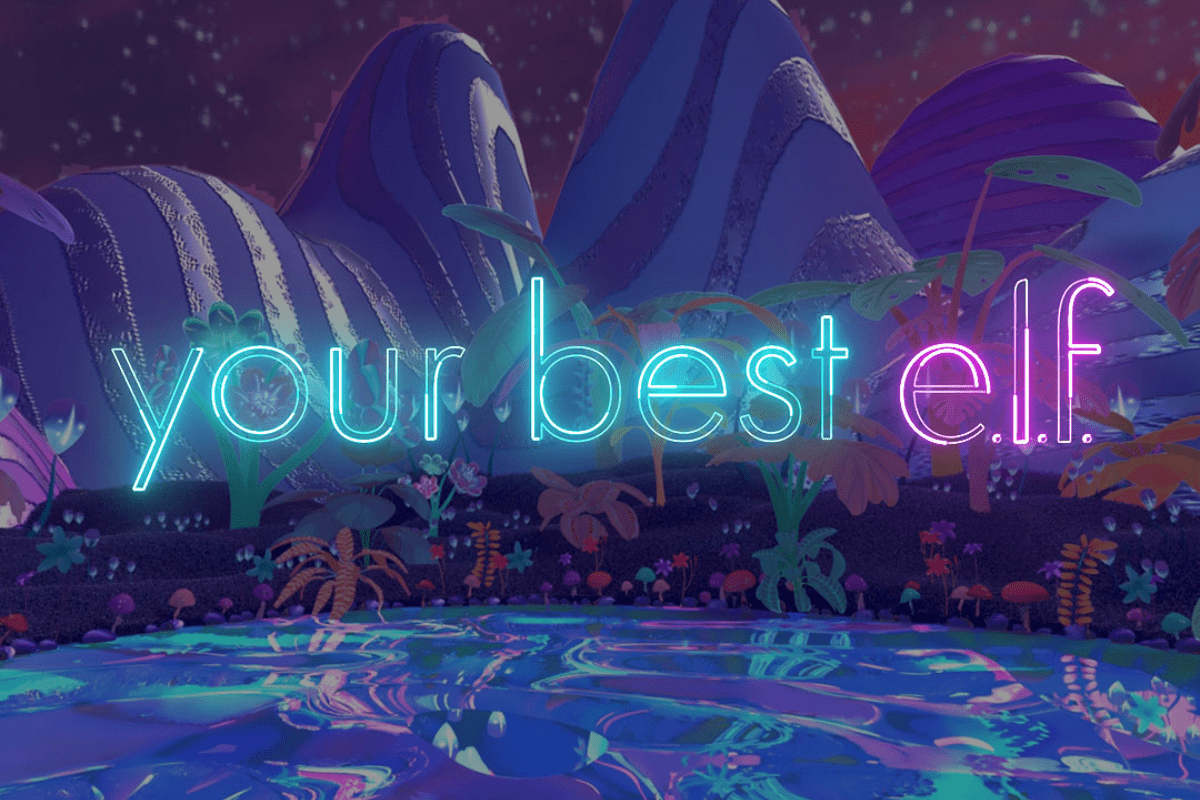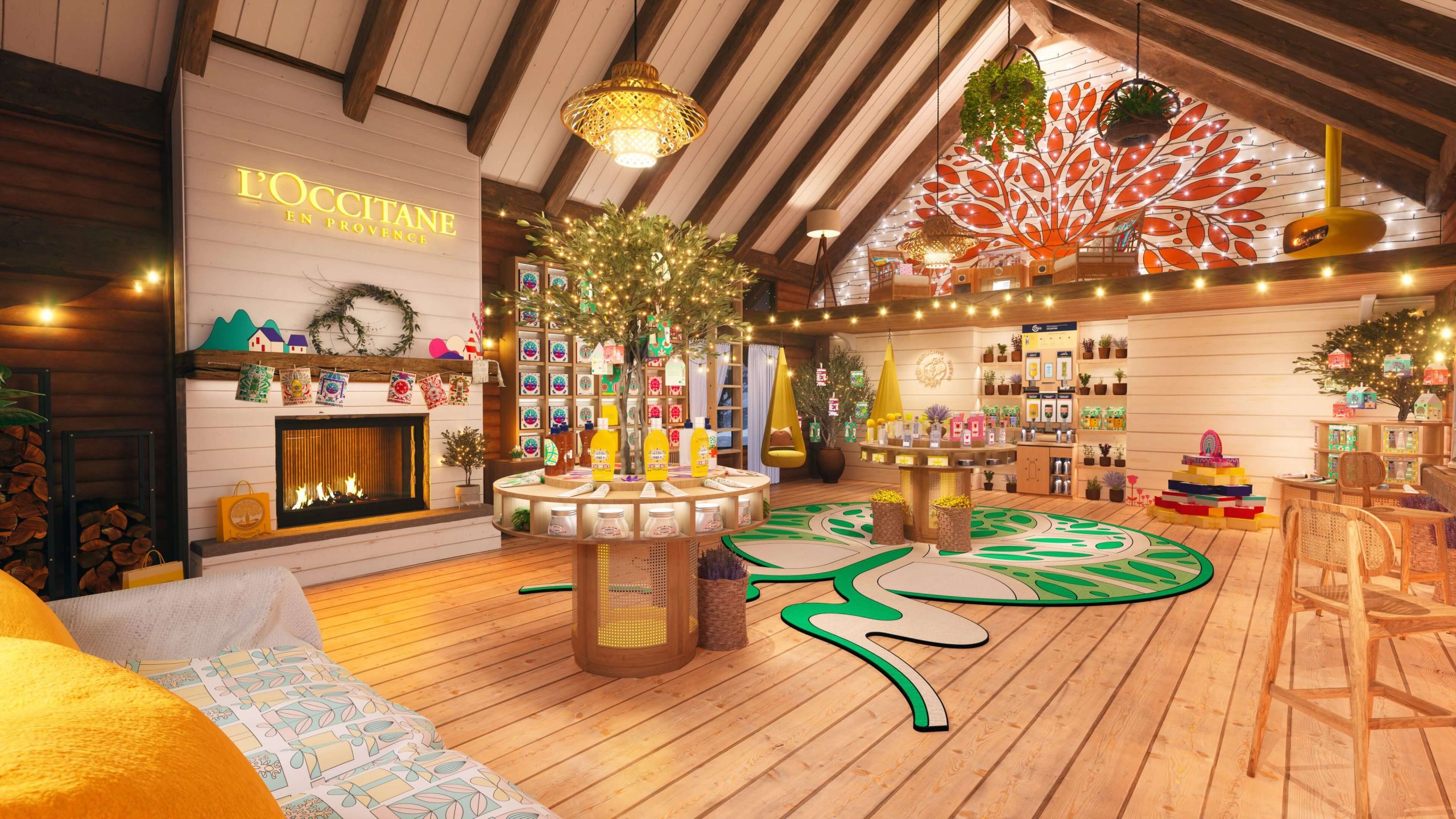Innovation Lab: Cloned mammoths, therapy bots and smog ink
- Friday, February 17th, 2017
- Share this article:
At Mobile Marketing were proud to help tech companies showcase their cutting-edge solutions, whether its on our website, in our magazine or at our Mobile Marketing Summits. Giving a platform to companies that are breaking new ground in their market brings audiences one step closer to the ideas and developments that will shape tomorrow. In that spirit, our Innovation Lab feature takes a step beyond the world of apps, ads and handsets with slightly bigger screens, in order to share some of the tech worlds innovative ideas. They might be interesting, disruptive or just outright strange, but these are the stories that have caught our eye over the past week.
The Latest Trendy Pet? The Woolly Mammoth
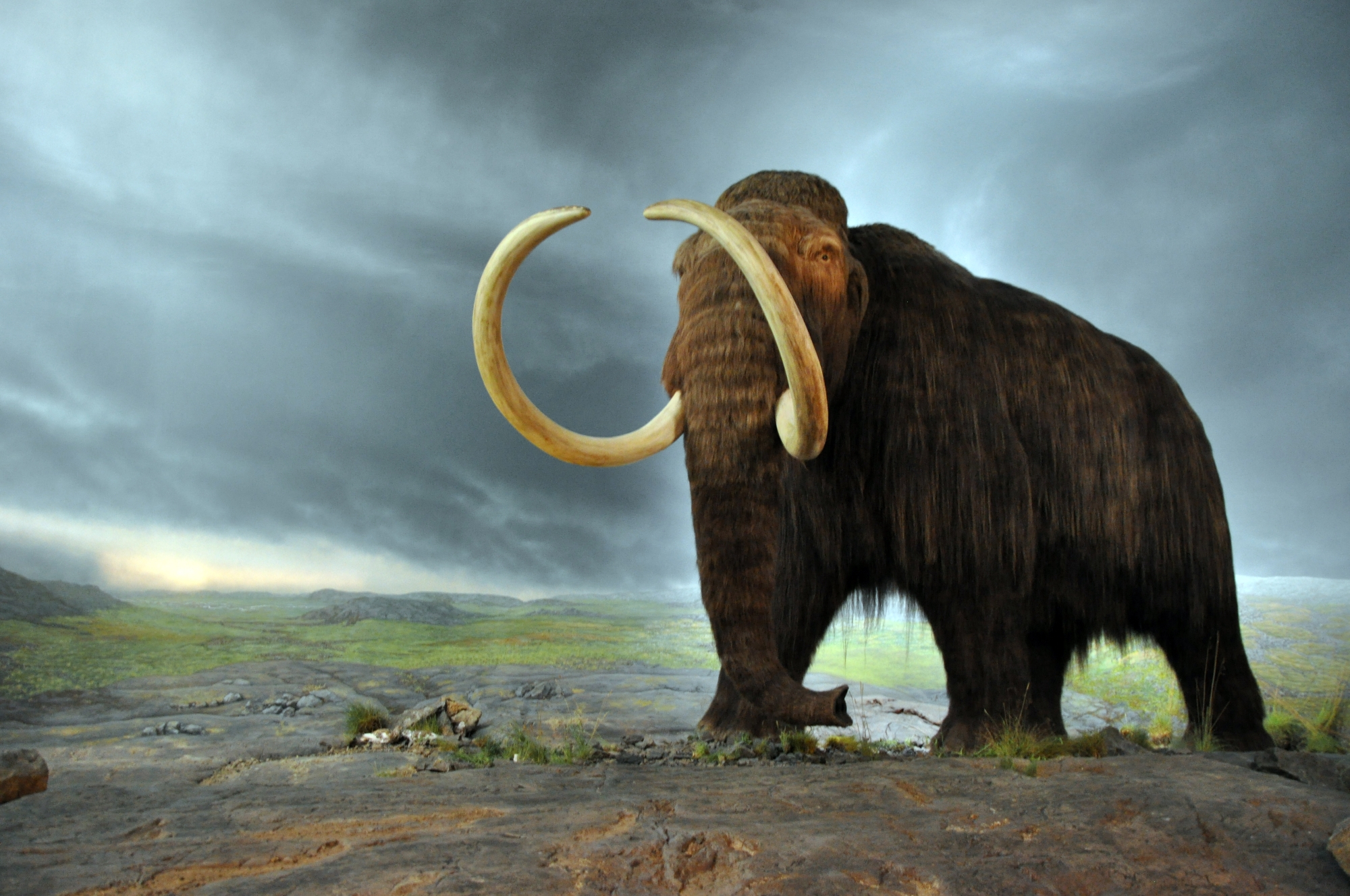
Scientists specialising in de-extinction at Harvard University say that theyre on the cusp of re-introducing the woolly mammoth to the world, estimating theyre less than two years away from creating a hybrid mammoth-elephant embryo. Speaking ahead of the American Association for the Advancement of Sciences annual meeting, Professor George Church said that the creature, which would be referred to as a mammophant, would be closer to an Asian elephant with some mammoth traits, but still represents a huge leap forward in genetics and anti-extinction efforts. “Our aim is to produce a hybrid elephant-mammoth embryo,” said Professor Church. “Were not there yet, but it could happen in a couple of years. Were working on ways to evaluate the impact of all these edits and basically trying to establish embryogenesis in the lab.” The project has already created mammophant cells, and has identified genes which manage qualities like smaller ears, subcutaneous fat layers, and hair. The research has drawn some criticism (presumably from people who have seen Jurassic Park) but Church said that the project could also help existing Asian elephants, which are endangered. Woolly mammoths died out around 4,000 years ago, most likely due to a combination of climate change and hunting by humans.
Complete Your Craft Space with a Desktop Vacuum Former
Throw out your 3D printer, its yesterdays news! Wait, dont actually do that, its an expensive piece of equipment. But maybe do clear some space next to it for the Vaquform, a desktop vacuum former perfect for home design and manufacturing. Vacuum forming takes a plastic sheet, heats it enough to soften it, then uses air pressure to conform it to a mold. Its a versatile method that has previously required large industrial equipment to carry out, but this new device dramatically shrinks down the whole process. The Vaquform has a number of other additions, including an infrared probe that measures temperatures to within 0.1-degree, ensuring consistency, and preset modes for quick use. The device has already doubled its funding goal on Kickstarter, with shipping set for October this year. “As a designer and product developer, I use a variety of fabrication tools and techniques in my work, including three which I consider to be complementary to one another: 3D printing, CNC machining and the rather exotic, vacuum forming,” said John Truman Tan, creator and CEO of Vaquform. “Ive seen the first two technologies migrate to the desktop in the past decade, while vacuum forming has yet to morph into a proper desktop tool.”
Meet Darwin, the Physical Therapy Robot for Kids
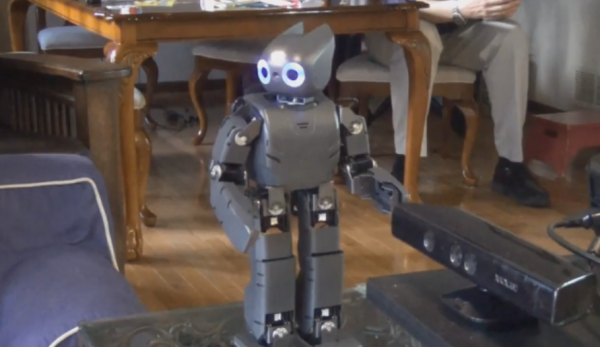
Physical therapy for major injuries and chronic conditions can require hours and hours of repetitive exercises to strengthen muscles, something that children can struggle with or find boring. Researchers at Georgia Institute of Technology are hoping that a new robot will help alleviate that boredom. Darwin uses simple games, alongside physical cues and words of encouragement, to support physical therapy. During testing with a young girl with cerebral palsy, researchers saw a noticeable boost in her efforts, with Darwin also enabling her to receive instructions at home, rather than at a doctors office. The robot combines 3D motion tracking with computer vision technology, bundled into a friendly android form that lessens the strangeness of taking lessons from a robot. Darwin could also see deployment with elderly patients, reminding them to take medication or perform daily exercises, or in daycare.
AirInk Transforms Pollution into Pigment
Researchers from the MIT Media Lab have come up with an innovative new method for turning air pollution made up from chimney smoke, car exhaust and other sources of contamination into black ink that can be used in printing and art. Cheap carbon black inks are usually manufactured by deliberately burning fossil fuels, but given that industry and consumers are already doing that in large numbers, the team devised a piece of hardware that can be retrofitted to vehicles and generators to capture outgoing pollutants. In just 45 minutes, the device captures enough emissions to create 1 fluid ounce of ink – enough for one full pen. Once captured, the carbon is purified, removing heavy metals and carcinogens, then placed into markers for drawing and writing, as well as made available for screen printing ink. The project is being crowdfunded on Kickstarter, where backers can purchase anything from marker sets to a bespoke piece of art made using the pollution from your own hometown.
VR Promises Treatment for Vertigo

A team of psychologists at Cardiff University believe that virtual reality could be used to diagnose and treat visual vertigo, a form of the condition that causes dizziness and nausea due to repetitive visual patterns. The exact causes and triggers of the condition are still poorly understood, but the team believes that virtual reality will enable them to model different environments for sufferers to better understand what sparks their symptoms, then come up with a plan to fight them. “All the patients are very different and some environments might trigger symptoms for some patients, whilst other environments might trigger symptoms for others,” said Dr Georgina Powell from Cardiff Universitys School of Psychology. “By using VR, we can have vast flexibility over the different types of environments that we can show to patients.”




